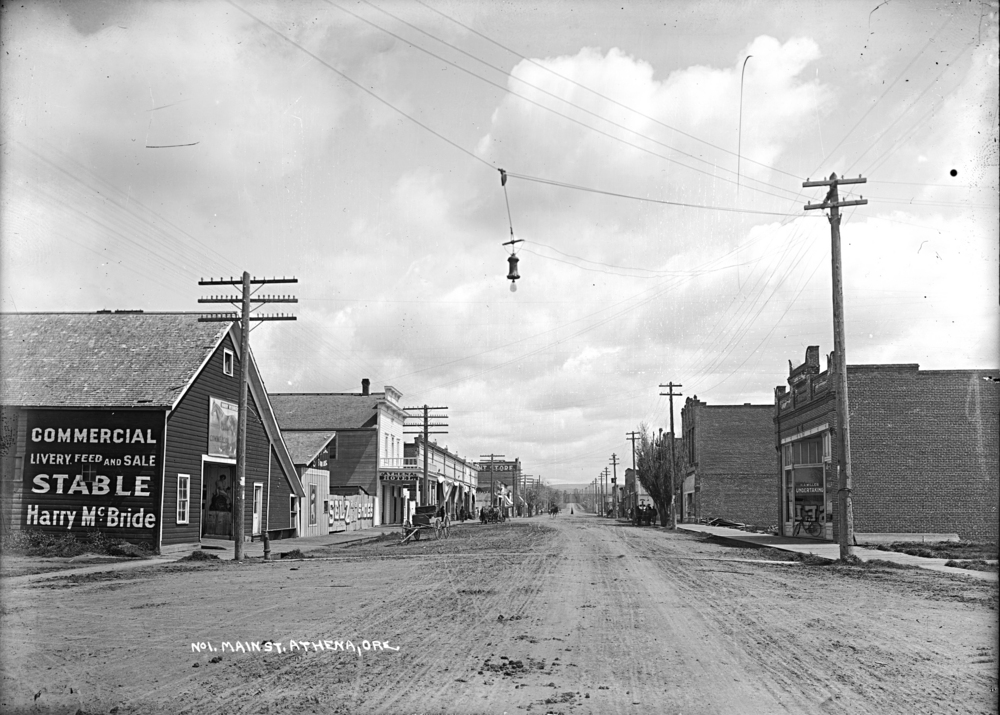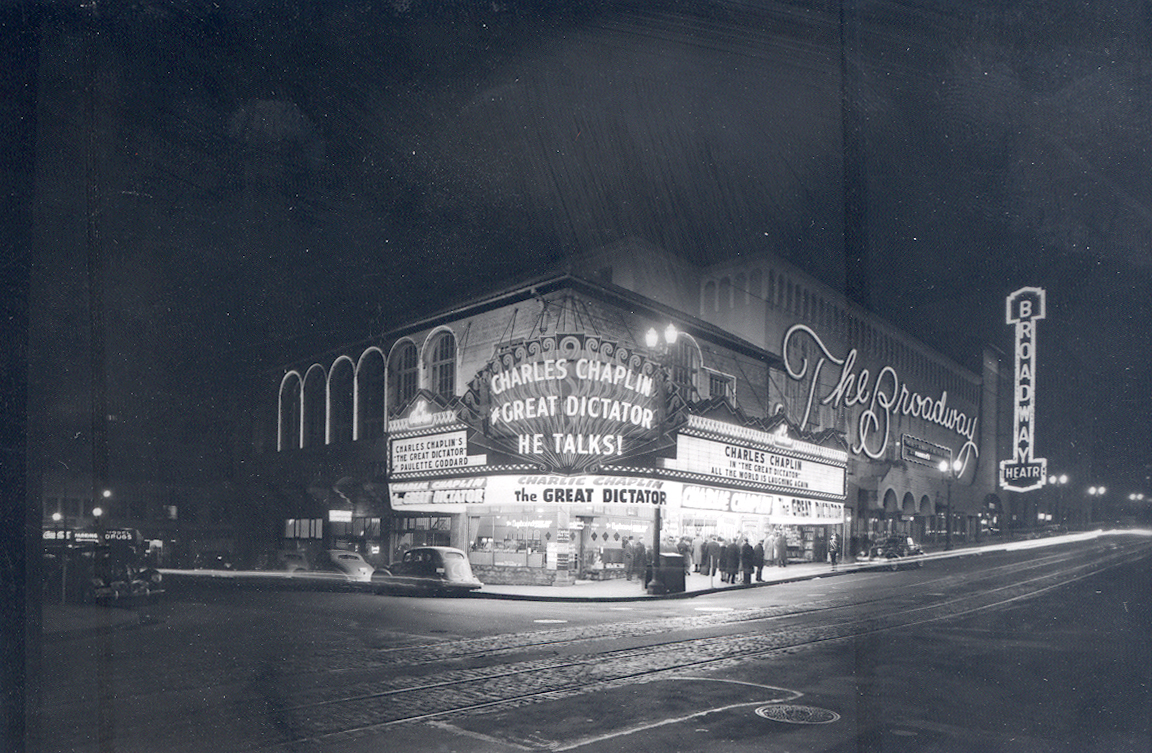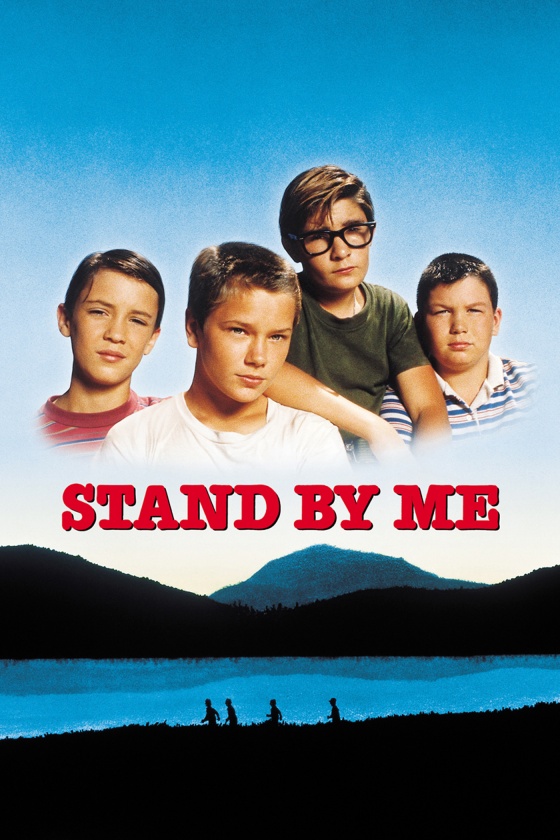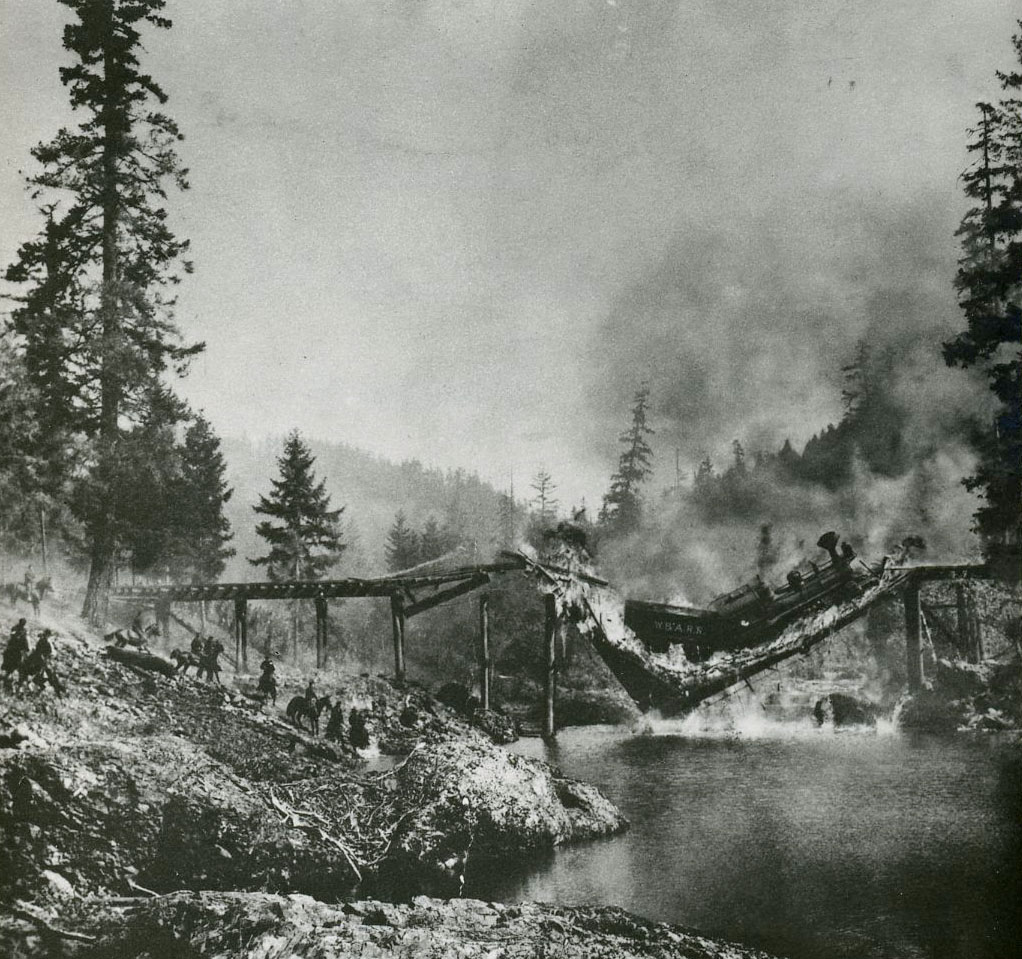In the summer of 1928, German Expressionist filmmaker F. W. Murnau rented a wheat farm six miles south of Athena, Oregon, to film scenes for what would be his penultimate movie, City Girl. Murnau—best known for his German silent film Nosferatu, adapted from Bram Stoker’s Dracula and released 1922—is considered to be one of the greatest filmmakers of the silent film era. City Girl was one of only four films he made in Hollywood before his untimely death.
Murnau’s 1924 film, The Last Laugh, was a critical success in the United States and inspired producer William Fox, founder of the Fox Film Corporation, to bring his “German genius,” as he called him, to Hollywood in 1926 to complete five films. The first film, Sunrise (1927), drew praise from critics and won four Academy Awards. Just before shooting began on the second film, 4 Devils (1928), Murnau wrote Fox about the third film in December 1927: “This summer I would like to make a picture [called] Our Daily Bread, a tale about wheat, about the sacredness of bread, about the estrangement of the modern city dwellers and their ignorance about Nature’s sources of sustenance, a story adhering to the stage play, The Mud Turtle.” Fox accepted the proposal but would change the title of the film to City Girl.
City Girl tells the story of Lem Tustine, a Minnesota farm boy (played by Charles Farrell) who is sent to Chicago by his domineering father (played by David Torrence) to sell their wheat crop. While waiting for days for wheat prices to go up, Lem meets Kate (played by Mary Duncan), a waitress who dreams of living a rural life. After a lengthy flirtation, Lem sells the wheat, talks Kate into marrying him, and takes her to the farm. Once there, she clashes with Lem’s father, who sees her as a disreputable gold digger. More drama occurs when a hailstorm threatens to destroy the wheat crop and Mac, a farmhand, tries to take Kate away from her unhappy situation. In the end, all is resolved: the city girl returns to her husband, reconciles with his father, and is welcomed into the family.
In August 1928, a production company of seventy-two people traveled from Hollywood to Pendleton to film outdoor scenes at Thorn Hollow, six miles south of Athena, at a wheat farm owned by Harold Barnett. Filming began on August 30. Charles Kirk furnished the farm equipment and animals for the film, the Athena Press reported, “including 80 head of mules, two combine harvesters, wagons, trucks, cookhouse, etc.” Kirk also worked as an extra in the movie, along with his brother Tom Kirk, Dudley Rogers, and other “Athena men.” In September, Mary Duncan was selected as the queen of the Pendleton Round-Up and led four Round-Up parades. Filming concluded in Oregon on September 30, and the production company returned to Hollywood.
Before City Girl was completed, however, William Fox watched a working copy and did not like what he saw. The film was too long, he complained, and the farmers seemed too German. He insisted that the film be shortened and re-edited and that some scenes be reshot. Balking at the interference, Murnau broke his contract and abandoned the project. In 1929, he traveled to Tahiti to make Tabu, a film he produced himself. On March 11, 1931, a week before the premiere of Tabu in New York City, Murnau died in an automobile accident near Santa Barbara, California.
William Fox turned the film over to Murnau’s former assistant, A. F. Erickson, who left the first five reels relatively intact and reduced the second five reels to two. He reshot those reels with dialogue to create a talkie, which audiences had begun to prefer. When the film was released in early 1930, the reviews were mediocre and it was not widely exhibited. On March 28, 1930, the Athena Press reported that “a number of Athena people” saw the movie in Pendleton, but it “did not come up to expectations of local people who were employed in making the picture.”
The film that was released in 1930 was lost in a fire in a Fox storage vault in 1937. Three decades later, when looking through a Fox warehouse in Los Angeles, Museum of Modern Art staff found a working cut of City Girl that approximated Murnau’s original silent version. MoMA restored the film and screened it at the New York City museum in 1970. The rediscovered silent version of the film is now widely available for viewing.
Despite what people in Athena may have thought of City Girl in 1930, they now take pride in having been involved in a film made by F. W. Murnau. The Gem Theater in Athena features a mural commemorating the film, and in 2009 the Oregon Arts Commission funded an original score for the film by composer John Paul. The score premiered at Marylhurst University and in 2016 was performed by the Oregon East Symphony in Pendleton with a showing of the film. In 2020, Athena was designated as a stop on the Oregon Film Trail, sponsored by Oregon Film, and the Gem Theatre has a trail marker celebrating the making of City Girl.
-
![]()
City Girl movie poster.
Courtesy Fox Film Corporation -
![]()
Gem Theater in Athena, Oregon, 2023.
Courtesy Jim Scheppke
-
![]()
F.W. Murnau, c.1920.
Courtesy Wikimedia Commons -
![]()
Thorn Hollow, 2023.
Courtesy Jim Scheppke
-
![]()
Thorn Hollow, 2023.
Courtesy Jim Scheppke
-
![]()
City Girl poster in Italian.
Courtesy Fox Film Corporation
Related Entries
-
![Athena]()
Athena
Athena, in Umatilla County, is a small agricultural town situated on hi…
-
![Oregon and the Film Industry]()
Oregon and the Film Industry
Early Filmmaking in Oregon Motion pictures debuted in Oregon in 1894 w…
-
![Stand By Me (film)]()
Stand By Me (film)
Stand By Me, a classic of 1980s American cinema, was filmed mostly in a…
-
![The General (film)]()
The General (film)
Buster Keaton's masterpiece and one of the greatest silent movies of al…
-
![The Way West (film)]()
The Way West (film)
The Way West, a big-budget western film that was universally panned by …
Map This on the Oregon History WayFinder
The Oregon History Wayfinder is an interactive map that identifies significant places, people, and events in Oregon history.
Further Reading
Murnau, F.W., dir. City Girl. Los Angeles: Fox Film Corporation, 1930. Video (Full).
Bergstrom, Janet. “Murnau in America: Chronicle of Lost Films (4 Devils, City Girl).” Film History (Winter 2002).
Eisner, Lotte H. Murnau. University of California Press, 1973.
Horowitz, Joseph. Artists in Exile How Refugees from Twentieth-Century War and Revolution Transformed the American Performing Arts. Harper Perennial, 2009.
Petrie, Graham. Hollywood Destinies: European Directors in America, 1922-1931. Wayne State University Press, 2002.













